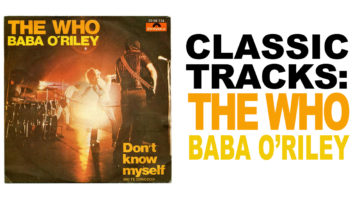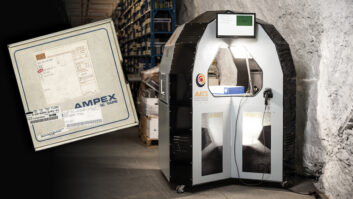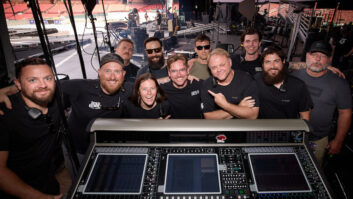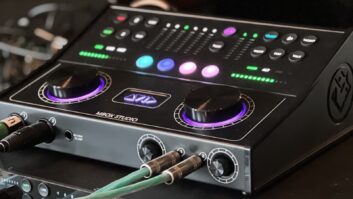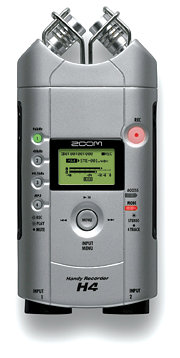
The Zoom H4 has an onboard stereo mic.
The lineage of high-quality portable location recorders can be traced to Stefan Kudelski’s Nagra I and II decks in the early 1950s. Equipped with precision spring-wound motors and tube electronics, these early models were crude by today’s standards, so it was the DC servomotor drive and germanium transistor electronics of the Nagra III in 1957 that proved a battery-driven portable recorder was capable of serious, high-end audio work.
The evolution continued, with digital tape (in DAT and reel-to-reel variants) eventually eclipsing the analog formats. New storage technologies emerged, such as hard disk, DVD-R, Compact Flash, SD cards, Memory Cards and onboard RAM. Although never developed specifically for pro audio applications, these media were inexpensive and reasonably compact, while providing high reliability and large data capacity — all ideal attributes for pros who are doing long-form, uncompressed audio recordings in the field.
Exploring the market for pro-quality portable recorders, we discovered a huge offering of available products. These range from relatively simple point-and-grab pocket stereo machines carrying $299 street prices to no-compromise, high-end systems with advanced features such as flexible analog and digital I/O options, onboard mixing, timecode and word clock I/O, and the ability to store to multiple media simultaneously for total redundancy in critical no-fail situations.
With the ease of removable media — either disk- or card-based — all the units surveyed offer simple interfacing to transfer tracks to a DAW for editing or post-processing. Here, an external USB card reader is an ideal, low-cost accessory for your PC/Mac, so the recorder itself need not be present during the transfer process. Typically priced at less than $20, this simple add-on will surely be appreciated in situations where the recorder’s batteries are low and the charger isn’t available when a day’s worth of location recordings is being transferred.
Once the anathema of compact recorders, the internal/included mics on many units seem to be better than ever, with some products providing the ability to tweak the mic angle to vary coverage pattern. Alternatively, all include jacks to connect external mics, opening up a near-infinite number of possibilities to the recording process. Some of the recorders also incorporate balanced XLR inputs, built-in phantom powering and even onboard M/S (mid-side) mic decoding/monitoring — all useful features for demanding work.
The chart on the following page details the specifications and features for 42 current models, ranging from stereo to 16-channel systems, from a variety of manufacturers. While specs alone should never be the sole factor in determining which recorder is best for you, the chart should provide a starting point, and from there you can narrow the field to products that meet your specific needs.
Recorders are getting lighter, more reliable, more flexible, better-sounding and more affordable than ever, so this may be a good time to check out a portable system. Happy hunting — and capture some great sounds!

